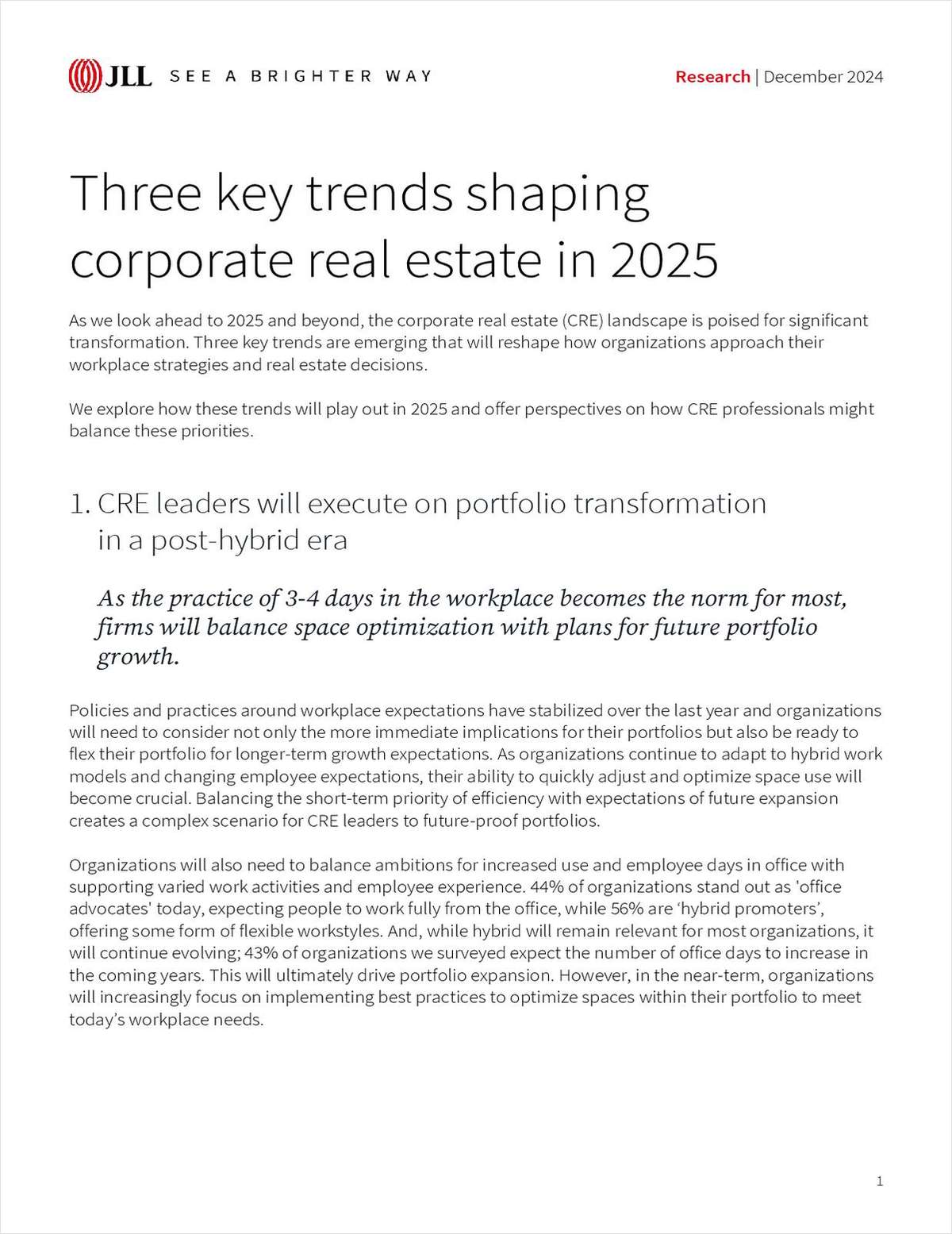"The upward trend in student enrollment we've witnessed in America's colleges and universities for the past decade is expected to continue in 2016 and beyond." That is according to Brice Willis, vice president of capital markets at Stonemont Financial Group. According to Willis, the National Center for Education Statistics projects steady growth in postsecondary enrollment through 2021. Additionally, he says, "there is apparent political motivation to make secondary education more affordable as evidenced in the recent State of the Union Address as well as in the rhetoric of several presidential candidates."
Willis takes a closer look in the commentary below. The views expressed are the author's own.
While it is hard to foresee what may materialize on the political front, any positive legislative movement in this area should only bolster enrollment, thus increasing housing demand.
Fortunately, the student housing market is not reliant on legislative efficiency. Even without any new government initiatives, Stonemont Financial Group, a national student housing real estate investment firm, has seen projected enrollment growth exceeding new supply in several markets. In some of these, Stonemont is projecting rental rate growth from 3 to 6 percent. The healthy dynamic between supply and demand should continue to support strong rent growth and rising occupancy rates, making now the ideal time to invest.
Low interest rates are another sign that now is the time to invest. Despite the Fed's recent increase of the target for the federal funds rate, interest rates still remain at historical lows. And while interest rates are expected to rise; the increase is projected to be gradual. Investment decisions should not be delayed too long because rates are not expected to be any lower in the near to intermediate term.
How to break into this investment trend
Breaking into the student housing investment market can be difficult without the right partner. It's important for investors to find trusted professionals that have experience in student housing.
Investors should ask their potential partner if they have developed or purchased student housing in markets with similar profiles. For example, find out if they have experience with schools and cities of similar size, markets with a similar competitive landscape, and projects with similar types of construction. Make sure your partner is knowledgeable about other student housing projects that have been approved for development, whether the school is planning to add on-campus housing and any potential changes to the school's on-campus living requirement. Ask how they view future development potential and barriers to entry. The key is making sure they know the business and the market. The right partner should be able to readily answer these types of questions. Investors shouldn't pay for their partner's on-the-job training.
The ideal partner will understand student housing market dynamics and is adept at finding hidden gems. While some large flagship universities provide instant name recognition, some secondary and tertiary markets have schools with strong enrollment, relatively little purpose-built student housing and perhaps better development opportunities.
Investors should be wary of markets that are overbuilt. These markets tend to have high vacancy and a recent influx of new developments. There are some mature student markets that still have great development opportunities as long as the location is right, the product fits the market and the supply/demand outlook is favorable. Better locations tend to be in walking distance to the campus or have immediate access to mass transit to campus. Some locations that are in close proximity to other destinations, such as entertainment and retail districts can be desirable as well. To know if the product fits the market, it usually has to offer comparable or superior amenities to what is available in the market, although it doesn't always have to follow what is already there. Sometimes product differentiation is a key driver to a project's success.
In any event, it's important to understand the student community and be able to assess what market needs are being met and which ones are not.
Want to continue reading?
Become a Free ALM Digital Reader.
Once you are an ALM Digital Member, you’ll receive:
- Breaking commercial real estate news and analysis, on-site and via our newsletters and custom alerts
- Educational webcasts, white papers, and ebooks from industry thought leaders
- Critical coverage of the property casualty insurance and financial advisory markets on our other ALM sites, PropertyCasualty360 and ThinkAdvisor
Already have an account? Sign In Now
*May exclude premium content© 2025 ALM Global, LLC, All Rights Reserved. Request academic re-use from www.copyright.com. All other uses, submit a request to [email protected]. For more information visit Asset & Logo Licensing.








